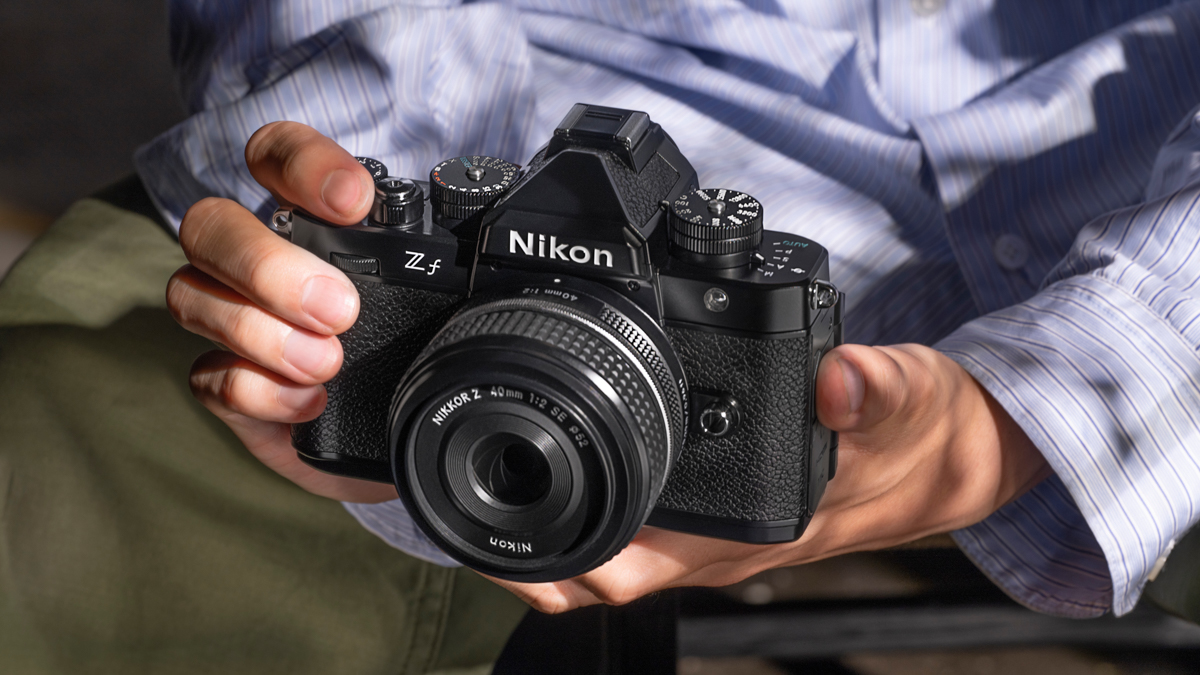
I have a deep love of lenses and all the physics, chemistry and mechanical engineering that goes into their designs. It really came about as a spin-off from my camera collecting – specifially 35mm SLRs – because often a body would come with an interesting lens. Many were, of course, classic primes from the camera maker, but there have also been plenty of third-party curiosities from brands now long gone.
In the past, these were mostly destined to sit on the shelf as very few of them warranted a roll of film even just for fun. Mirrorless has changed all that because the configuration – with its shorter flange back distance – means that mount adapters really come into their own and you can pretty well fit anything you want to any mirrorless mount with levels of functionality varying from nothing to the works, including corrections for fitting 35mm format lenses to cropped sensor bodies. Or you can go the other way and fit full frame DSLR lenses to your Fujifilm GFX medium format mirrorless body. These adapters with conversion optics are pretty expensive, but if you want to revive a beloved ‘legacy’ lens, it could well be worth the investment. I have a brilliant Zeiss Distagon T* 15mm f/3.5 rectilinear ultra-wide in the Contax/Yashica mount and I use it on my Fujifilm X-Pro3 via a C/Y-to-X adapter with full exposure control functionality maintained (it’s equivalent to a 22mm on ‘APS-C’).
Testing the Nikon Z f recently, there was yet more fun to be had with another brilliant ultra-wide prime – this time the Sigma AF 14mm f/3.5 which I actually bought in the early 1990s to use on my Nikon F4 (and, later, F5). I bit the bullet and purchased the FTZ II mount adapter – well, there may be a Z mount camera in my life sometime in the future – and so was able to play with quite a number of old F mounts lenses on the Z f. In reality, there are numerous limitations with anything other than AF-S motorized Nikkors, so the Sigma has to be focused manually, but the focus peaking display makes it easy. Like the Zeiss 15mm, the Sigma 14mm also has bags of depth-of-field so it doesn’t need much focusing especially when shooting at f/8 or smaller.
Talking of depth-of-field, the lens highlight recently has been the Fujinon GF 110mm f/5.6 T/S Macro. I’m a sucker for tilt/shift lenses and the precision engineering of the GF 110mm’s movements is a pure delight, especially as there are two rotational adjustments too, so you can have any combination of up/down tilt and/or shift and left/right tilt and/or shift. It all looks a bit daunting to start with, but once you start working with it, the extra control over both sharpness and perspective becomes addictive… it really takes some key technical aspects of photography to another level. Yes, yes, I know there are software solutions that are arguably easier and certainly cheaper, but nothing beats doing it in camera.

It’s often said that T/S lenses are highly specialized tools, but the reality is that you can make good use of, particularly, the tilt adjustments in just about any situation, but the shift is equally useful with a wider-angle lens. It certain makes a lot of sense to have them in a macro lens because the depth-of-field is inherently shallow at short focusing distances. The tilt adjustments essentially tip the plane-of-focus over so, regardless of anything else, you end up with a greatly extended depth-of-field… handy with many subjects that need to be sharply rendered from front to rear. Of course, you can also do the opposite and deliberately minimize the D-of-F to create the miniature effect.
The GF 110mm T/S is a big beast – you’re touting nearly 2.3 kilos when it’s on the Fujfilm GFX100 II – and it needs more hands than you’ve got for the focus (no AF on these lenses), tilt, shift and rotation adjustments so it needs a tripod otherwise you’ll be constantly reframing and cursing a lot. Not surprisingly, it’s not cheap either especially as you need a GFX body on the back end, but the GF 110mm T/S has convincingly reconfirmed the usefulness of the extra technical controls. Most rollfilm medium format camera systems had one, but they’re a lot rarer in the 35mm/full frame world although Canon, which introduced the very first 35mm format T/S lens in 1973, still lists five new models in the EF mount. Even the original Canon TS 35mm f/2.8 SSC still commands good money on the used market, but it’s rough-y a third or even less of the cost of the new TS-E 24mm f/3.5L. However, I think that the usefulness of a tilt/shift lens is vastly undervalued… especially when you consider that the alternative, in technical terms, is a large format view camera.







